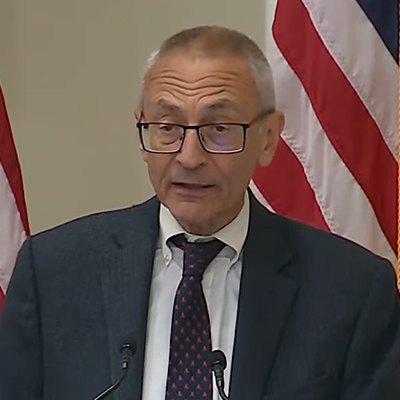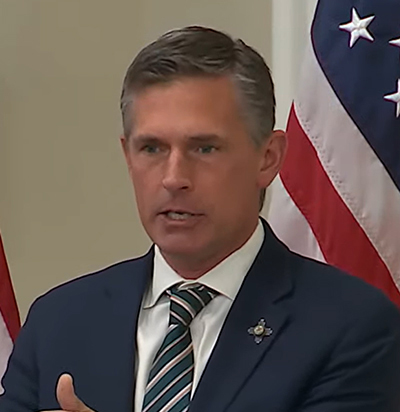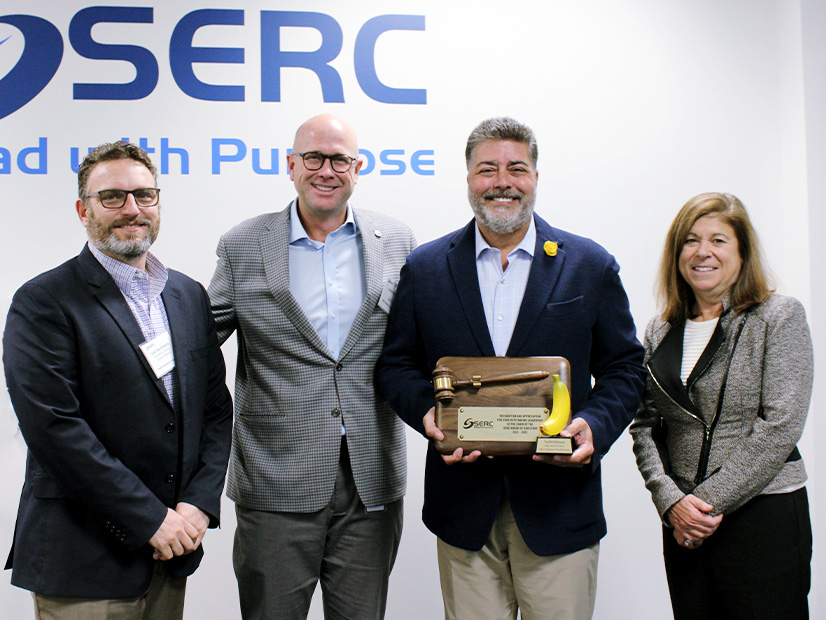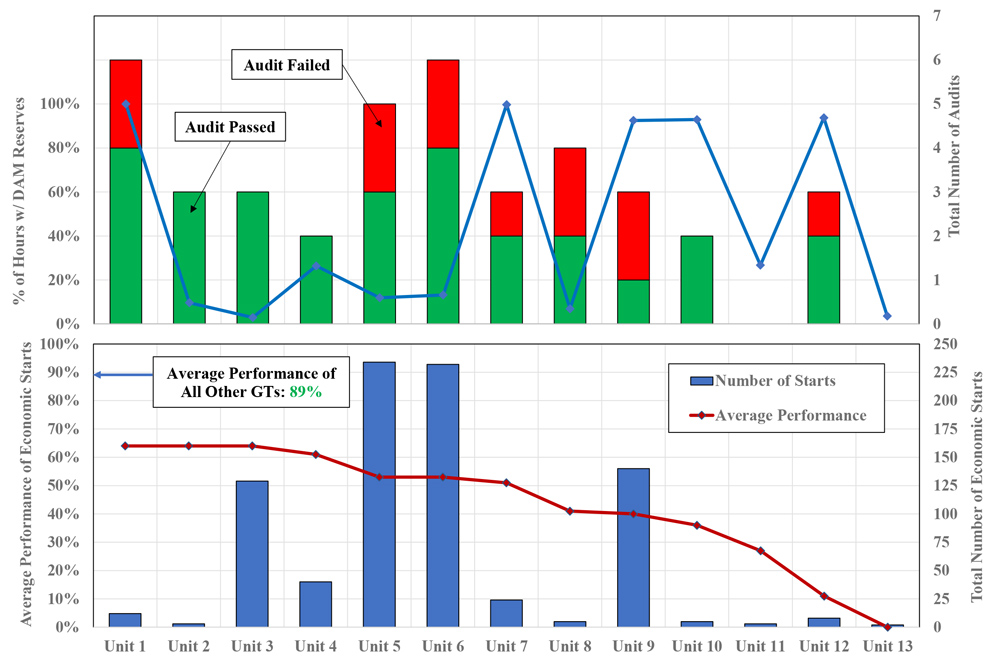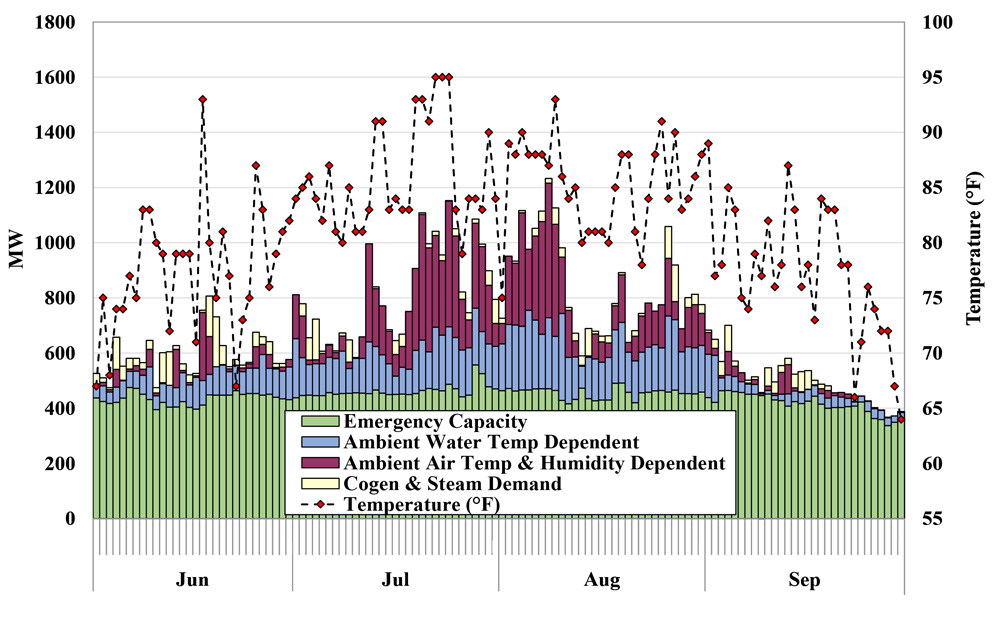Entergy has fleshed out its interim goal of emission reductions by adding interim benchmarks and a definitive goal for 2050.
According to the company’s latest climate report released last month, Entergy plans to reach net-zero greenhouse gas emissions from all electric and natural gas operations across its businesses by 2050. It aims to reduce owned and purchased emissions 50% from 2000 levels by 2030 and to have 50% carbon-free power generation capacity by 2030.
The utility’s 2030 goals did not previously include a carbon-free capacity component and power purchases in its 50% utility-only, carbon-reduction goal. Entergy said it added the provisos because its planning models showed that it was on track to outperform its current goal.
It said it now expects to reach the current 2030 interim goal of reducing its CO2 emission rate by 50% from its 2000 baseline several years early. “[We] are evolving this goal to include purchased power,” Entergy said in the report.
The New Orleans-based company had only said it would strive for net-zero emissions in an addendum to its first climate report in 2019.
Entergy’s goal is to reduce “emissions as low as possible and minimize our need to neutralize any residual emissions while still maintaining the reliability and affordability of our products, even as our customer base and demand for clean energy grows.”
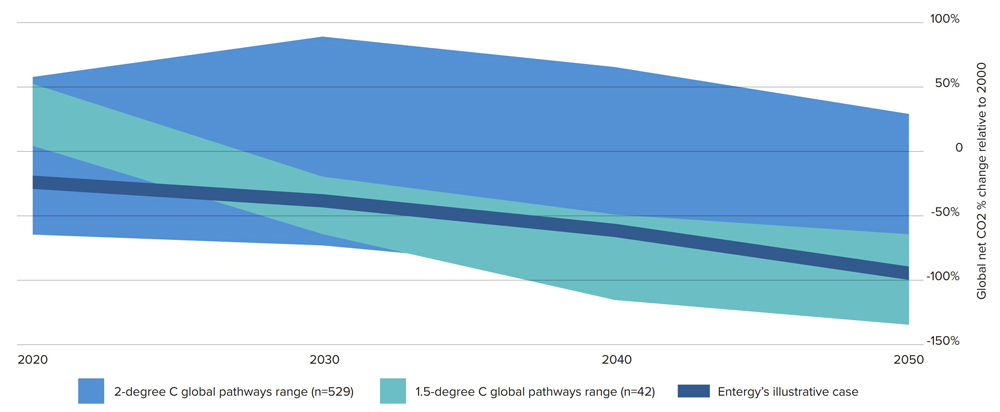 Entergy’s illustrative pathway to net-zero compared to other climate warming scenarios | Entergy
Entergy’s illustrative pathway to net-zero compared to other climate warming scenarios | Entergy
The utility said 2030’s carbon-free capacity will be supplied by nuclear, solar, wind, hydropower and energy storage. It did not specify a definitive supply plan for 2050, saying its assumptions and risks will change over time.
Entergy completed the report’s modeling before passage of the Infrastructure Investment and Jobs Act and the Inflation Reduction Act. It said the modeling doesn’t account for the laws’ potential acceleration of technological advancements and emissions goals.
However, Entergy noted that the laws are “expected to help us define our path to net-zero with more certainty, as well as enabling new and innovative solutions.”
Rick Johnson, the company’s director of sustainability, discussed the updated plan Monday during an Entergy Regional State Committee Working Group meeting.
He said while an uptick in demand might slow Entergy’s emissions reductions, the utility is poised under several scenarios to limit its greenhouse gases in line with either a 2-degree or 1.5-degree Celsius total warming.
“We’re going to continue to compare our path … to climate science to avoid the worst impacts,” Johnson said. Entergy foresees “substantial growth in demand from electrification” that could lead to up to 60% more energy production by 2050, Johnson said, noting load growth could “put upward pressure on our absolute emissions.”
“Some stakeholders might not be happy with individual company progress,” he said. But he added that Entergy’s subsidiaries are a linchpin in its region’s decarbonization efforts.
Johnson said Entergy is discussing whether to purchase carbon offsets but will likely only use them if it becomes necessary to counteract its remaining emissions.
“If we got to 2050, and we’re short, yes, we’ll look for high-quality, permanent instruments to neutralize those residuals,” he said.
Johnson said he doesn’t know when Entergy might next revise or update its climate goals, expressing hope that “this will go down to a lower number, but that’s difficult to guarantee 28 years out.”
Entergy needs clean, dispatchable generation including small modular nuclear reactors, advanced nuclear options, clean hydrogen, and long-duration storage to reach its overall emissions commitment, he said. Entergy believes some of those technologies may become commercially viable before 2035.
Going forward, any newly built Entergy gas facility will be hydrogen-capable and able to be retrofitted to exclusively burn hydrogen, Johnson said. He said Entergy’s two newest natural gas plants, the St. Charles and Montgomery power stations can co-fire up to 30% hydrogen.
Johnson added that Entergy Louisiana and Entergy New Orleans recently signed a memorandum of understanding with Diamond Offshore Wind to explore the feasibility of connecting offshore wind generation in the Gulf of Mexico to the grid. He also pointed to Entergy’s recent agreement with Holtec International to evaluate installing small modular reactors in the Entergy service area.
Entergy will need some long-term transmission projects to prop up a clean energy future, Johnson said. He said Entergy “supports MISO’s efforts to develop its initial proposal” for long-range transmission projects (LRTPs) and added that it will need to be confident that the projects have “demonstrable benefits that exceed the costs” and that costs are allocated in a fair manner.
MISO has mounted a series of four LRTP planning cycles but doesn’t anticipate assessing Entergy’s needs in MISO South until the third iteration. (See MISO Staff Preview New LRTP Projects with Board.)
